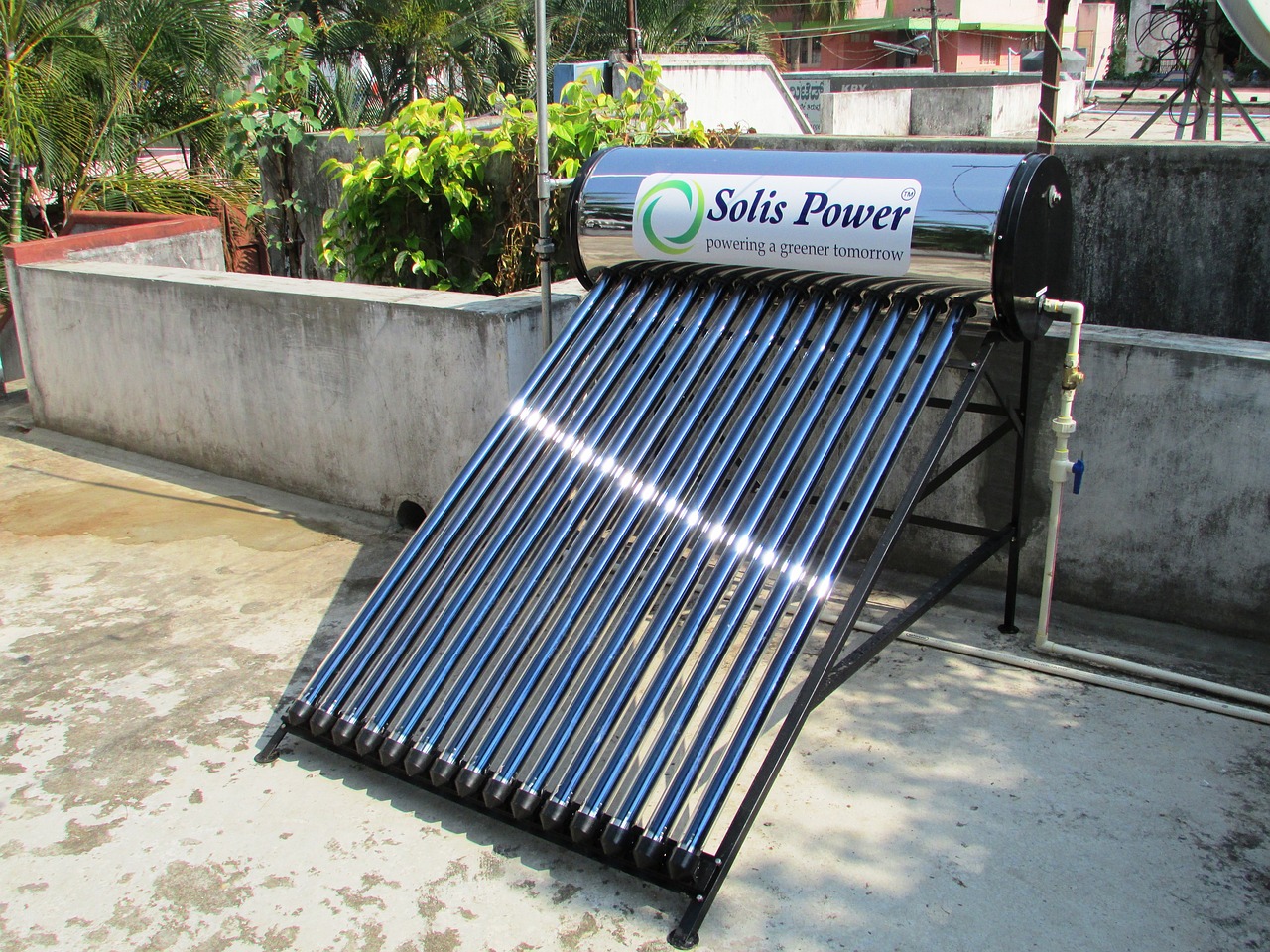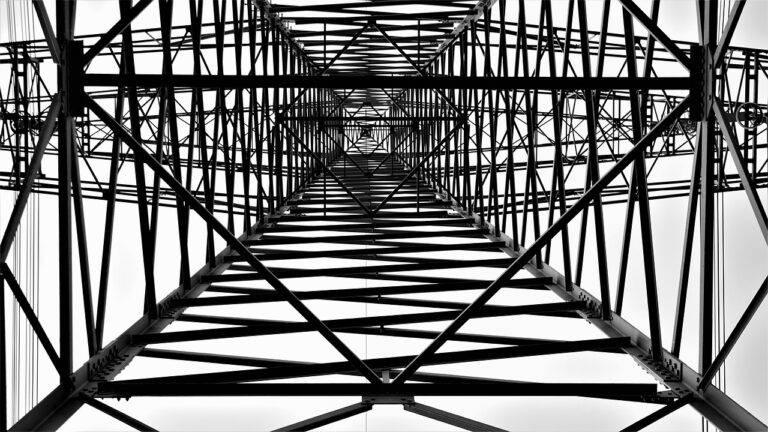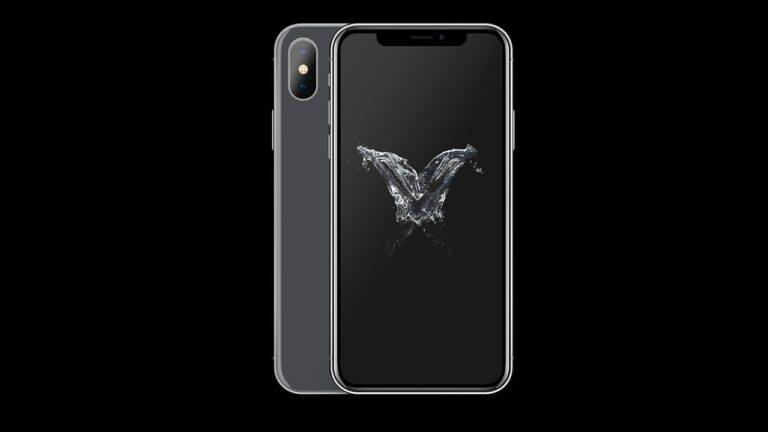The Role of Tech in Wildlife Rehabilitation: Rehabilitation Techniques and Monitoring
In recent years, technological advancements have revolutionized the field of wildlife rehabilitation. One key development is the use of 3D printing to create customized prosthetics for injured animals. This technology allows rehabilitation centers to provide individualized care for wildlife, increasing their chances of survival and successful reintegration into their natural habitats.
Another notable advancement is the use of drones for wildlife monitoring and rescue operations. Drones equipped with cameras and thermal imaging technology can help locate and track injured or endangered animals in remote or hard-to-reach areas. This real-time data allows wildlife rehabilitation teams to respond promptly to emergencies and provide timely care to animals in need.
Impact of Technology on Rehabilitation Techniques
Wildlife rehabilitation techniques have been significantly enhanced by technological advancements in recent years. The use of advanced imaging technologies, such as MRI and CT scans, has revolutionized the diagnosis and treatment of injuries in wildlife patients. These tools allow rehabbers to pinpoint internal injuries with precision, leading to more targeted and effective treatment plans.
In addition, the development of 3D printing technology has provided wildlife rehabilitators with the ability to create custom prosthetics and orthotics for injured animals. This level of customization ensures a better fit and functionality, ultimately improving the rehabilitation process. Furthermore, the use of remote monitoring devices has allowed rehabbers to closely track the progress of recovering wildlife without causing unnecessary stress or disturbance.
Innovative Monitoring Methods in Wildlife Rehabilitation
Wildlife rehabilitation facilities are increasingly turning to innovative monitoring methods to enhance their operations. One such method is the use of GPS tracking devices on animals to monitor their movements and behaviors in real-time. This technology allows wildlife rehabilitators to gain valuable insights into how successfully released animals are adapting to their natural environments, helping to assess the effectiveness of rehabilitation efforts.
In addition to GPS tracking, wildlife rehabilitation centers are utilizing camera traps to monitor the activities of released animals without causing them distress. These discreet devices capture photos and videos of wildlife without human interference, providing valuable data on their behavior and interactions with other animals. By incorporating these cutting-edge monitoring methods into their practices, wildlife rehabilitators can improve the outcomes for the animals in their care and contribute to the advancement of rehabilitation techniques.





